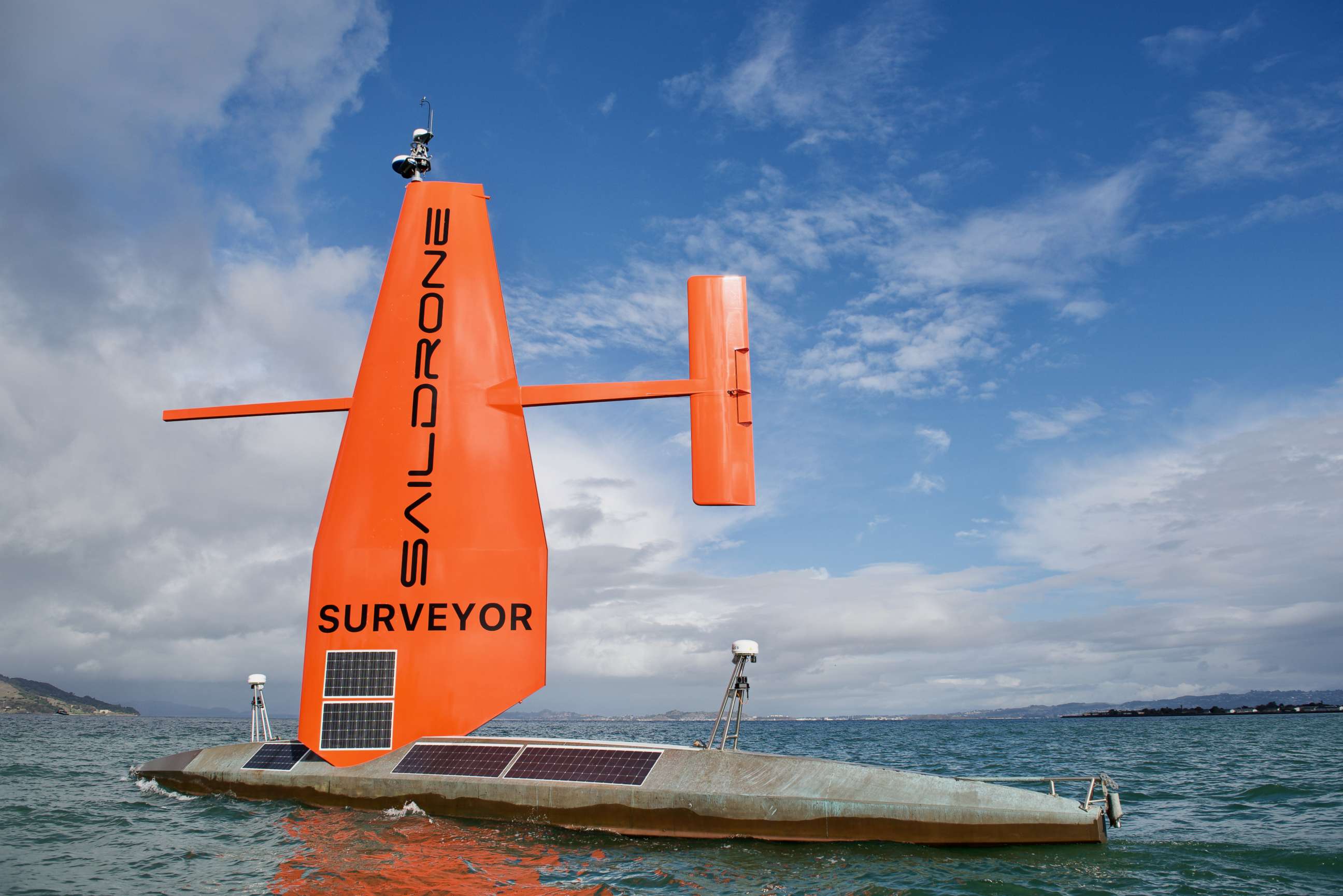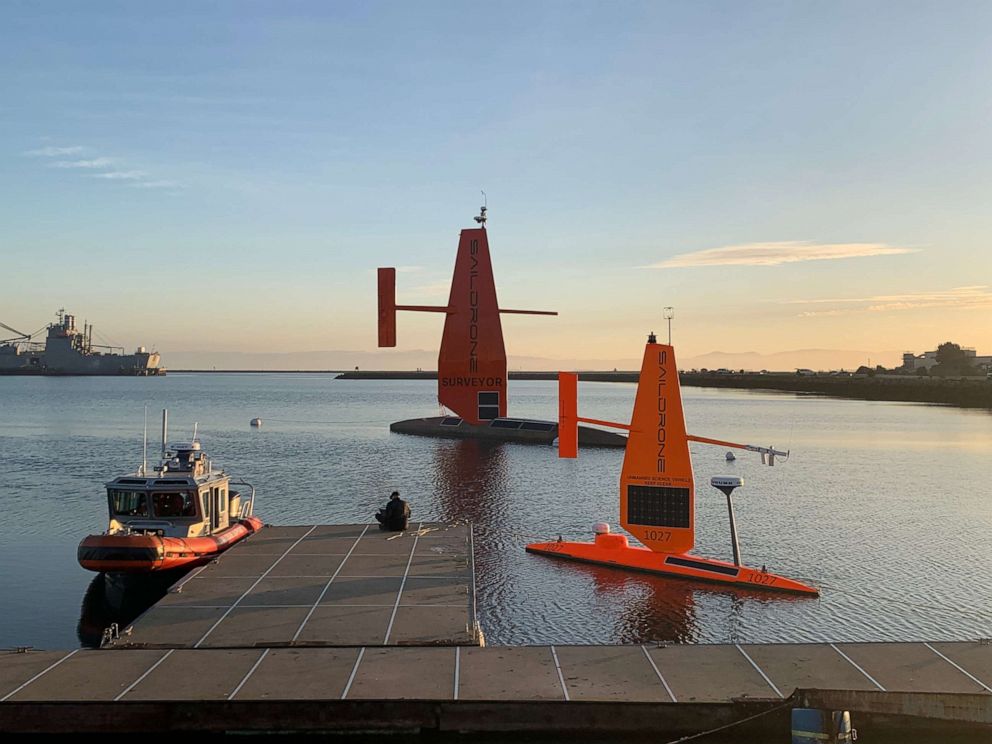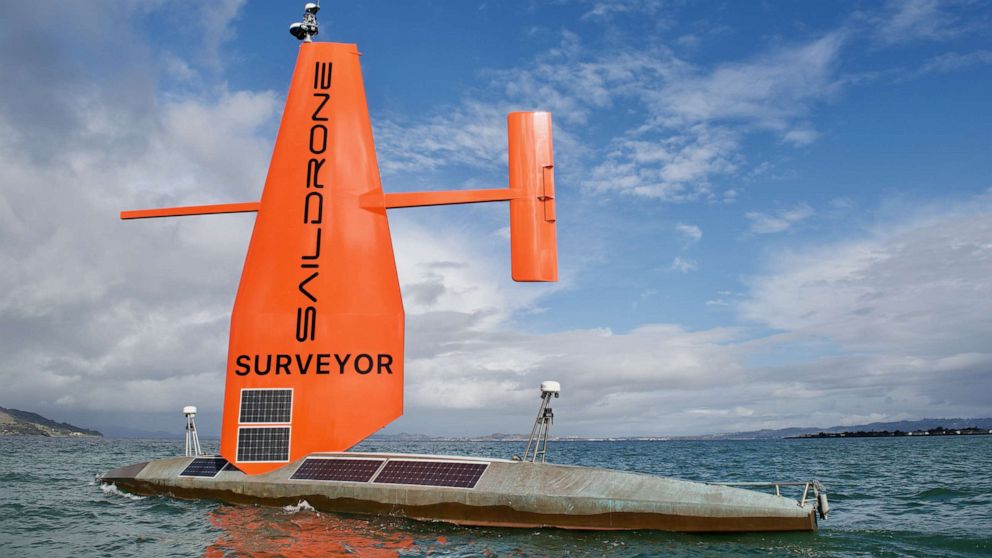Researchers launch Gulf Stream expedition in effort to slow down climate change
This summer, the United States has seen the effects of climate change firsthand, as record-breaking wildfires, droughts and hurricanes have devastated parts of the country.
During his United Nations General Assembly speech on Tuesday, President Joe Biden called on countries to bring their best ideas to end climate change to COP26 in Glasgow in November.
"To keep within our reach the vital goal of limiting global warming to 1.5 degrees Celsius, every nation needs to bring their highest possible ambitions to the table," the president said.
To keep warming below 1.5 degrees Celsius -- which is what the Intergovernmental Panel on Climate Change says needs to happen to avoid the worst effects of climate change -- countries will have to lower emissions. One way to do that is to remove carbon dioxide from the atmosphere.
There is already a natural solution available: Take care of and learn more about the oceans. Oceans cover 70% of the world, leading to a vast reservoir capable of pulling in and storing carbon dioxide.
Since the dawn of the industrial revolution, scientists estimate oceans have pulled in around 30% of all the carbon dioxide humans have released into the atmosphere.
How much the ocean takes in each year varies, according to Dr. Jaime Palter, an associate professor of oceanography at the University of Rhode Island, who spoke with ABC Audio's "Perspective" podcast.
"We really would like to have a quantification of the ocean carbon dioxide uptake narrowed so that we can make really skillful predictions of where [the] climate is going and how quickly temperatures will stop rising once we go to net-zero human-caused emissions," she said.
Palter is part of a team trying to learn how much carbon the Gulf Stream absorbs and how it transports heat
"It's the perfect place for the ocean to take up carbon dioxide, both because of the weather of the region -- it's just so stormy -- and also because of the oceanography of the region," said Palter. "Second, once it's taken off, it can sequester it for hundreds of years if it manages to sink in the deep ocean."

Palter, along with Saildrone -- a company that produces unmanned ocean drones for research -- and the European Centre for Medium-Range Weather Forecasting will launch six 72-foot autonomous drones off the East Coast this fall.
"Those are very difficult seas, particularly in the winter months, and it's one reason why we know so little about that area," Anne Hale Miglarese, the program executive officer for impact science at Saildrone, said on the "Perspective" podcast.
The drones are wind- and solar-powered and are equipped with sensors and cameras to check CO2 levels, wind speed and several other variables. They navigate via predetermined way-points while a pilot supervises on land.
Once launched, the drones will spend the next 12 months crisscrossing the Gulf Stream.
The data will be fed back instantly to researchers on land via satellites.
The mission has two focuses: first, to better understand how the Gulf Stream absorbs carbon, and second, to learn how it transports heat, which is the ECMWF's focus.
"The European Commission for Medium-Range Weather Forecasting ... was very interested in understanding the track of the Gulf Stream and the temperatures, the air temperatures and the water temperatures, and the like," Hale Miglarese said.
The commission will use the data to improve forecasts.
Palter and the University of Rhode Island will lead the carbon measurement research to learn how much carbon the ocean absorbs.

"[We want to] improve the accuracy on the number, how much carbon goes into the ocean, also where it gets absorbed by the ocean, [and] what are the processes that the ocean takes it up," said Palter. "We can understand whether this is going to be a set of processes that remains stable into the future or ones that could be vulnerable as the ocean warms and the circulation changes."
Palter said the Gulf Stream is intriguing because of what could happen to the climate if the natural absorption process were to change.
"If that process were to slow down, the capacity of the ocean to store manmade carbon could also slow down," Palter said. "These are important things we want to learn so that we can have accurate predictions of future climate."




